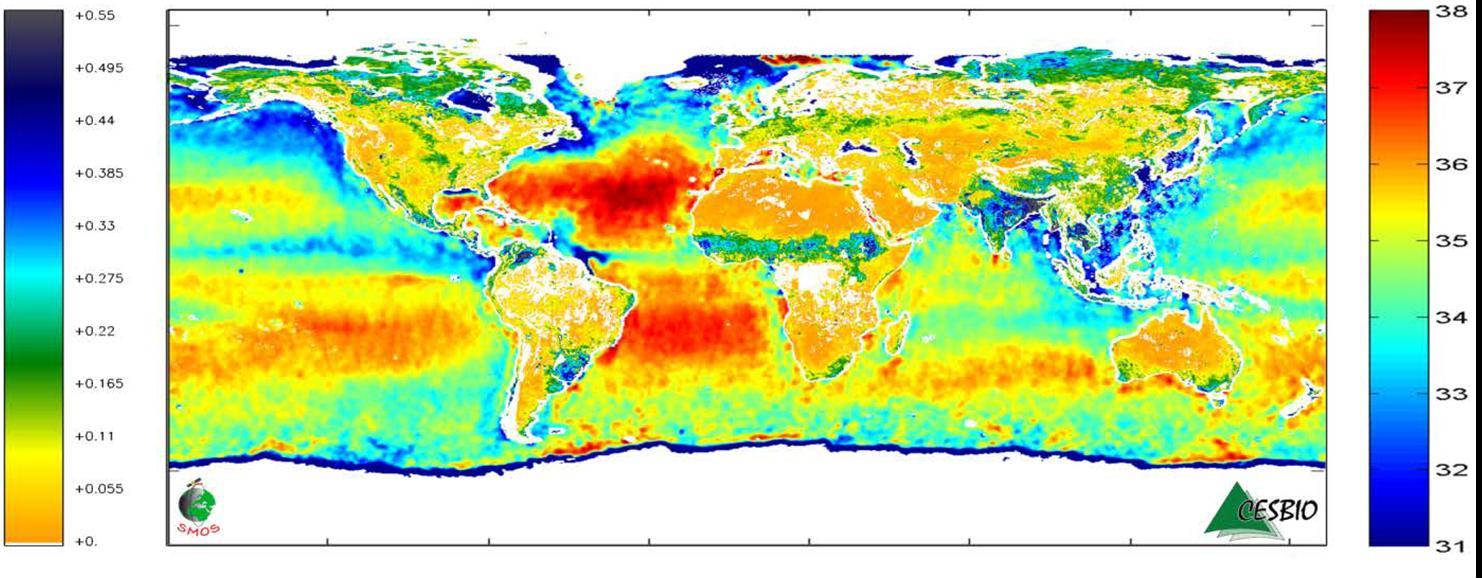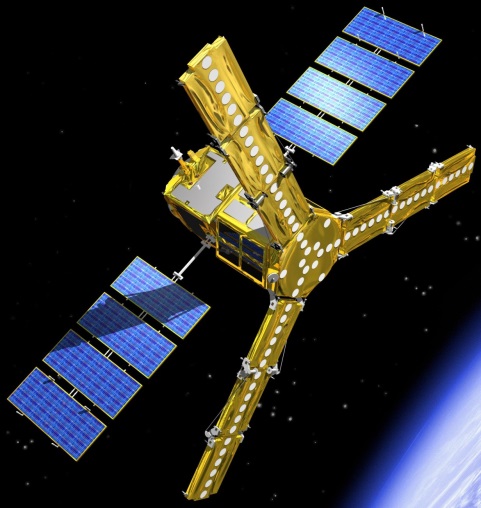Spaceborne Microwave Radiometry - Advanced Methods and Applications
- Typ: Vorlesung
- Lehrstuhl: IHE
-
Ort:
Building 30.10, Room 3.40
-
Zeit:
Wednesday, 14:00 - 17:15 Uhr
- Beginn: 30.04.2025
- Dozent:
- SWS: 2
- ECTS: 3
- LVNr.: 2308448
-
Prüfung:
Exam: oral (approx. 20min)
-
Hinweis:
Dates: 30.04., 14.05., 21.05., 04.06., 25.06., 09.07., 30.07.2025
Lecture
The course gives an introduction on remote sensing based on microwave radiometry. As a purely passive sensing method in the microwave region, it offers a variety of applications like earth observation with satellites. Besides fundamental physics relevant imaging principles and many other applications are illustrated.
Soil Moisture and Ocean Salinity, or SMOS, is a satellite which forms part of ESA's living planet programme. It is intended to provide new insights into Earth's water cycle and climate. SMOS carries the first time in space a new type of instrument called microwave imaging radiometer with aperture synthesis.

Merged global maps of soil moisture and ocean salinity acquired by SMOS, e.g. global measurements of two key variables in the water cycle.
Contents
- Introduction to microwave radiometry
- Introduction and goals of the lecture
- Brief overview on techniques and applications
- Black body radiation
- Examples of data products
- Electrodynamics, waves behavior at interfaces
- Electromagnetic field
- Wave propagation
- Layered media
- Basic quantities and radiation transfer
- Emission, absorption, reflection, transmission
- Brightness temperature
- Radiation budget
- Microwave radiometers
- Types of radiometers
- Receiver technology
- Calibration
- Imaging principles and applications
- Image quality parameters
- Optical camera, pushbroom and linescanner principle
- Space-borne and airborne system design
- DLR airborne applications
- Aperture synthesis radiometry (ASR)
- Signal correlation and two-element-interferometer
- Synthetic aperture, aperture sampling, synthesized beam
- ASR applications: DLR demonstrator, satellite systems: SMOS, GAS, GEOSTAR
- Polarimetric radiometry
- Jones vector, polarization ellipse, Stokes vector
- Fully polarimetric radiometer systems
- Security applications
- Enhanced vision
- Through wall imaging
- Detection of concealed objects
- Monitoring of dike structures
- Spaceborne microwave radiometer systems and applications
- Sensitivity to geophysical parameters
- Imaging satellite systems: SSMI; AMSR-E; AMSR2; SMAP; Aquarius
- Exercises, e.g. the design procedure of radiometer systems
The lecturer reserves the right to alter the contents of the course without prior notification.


